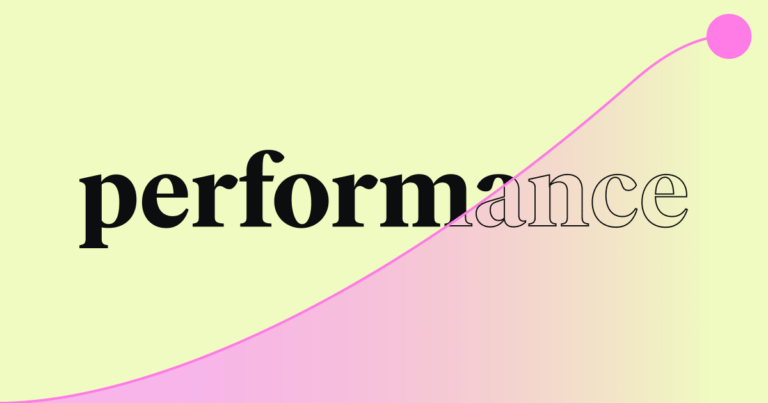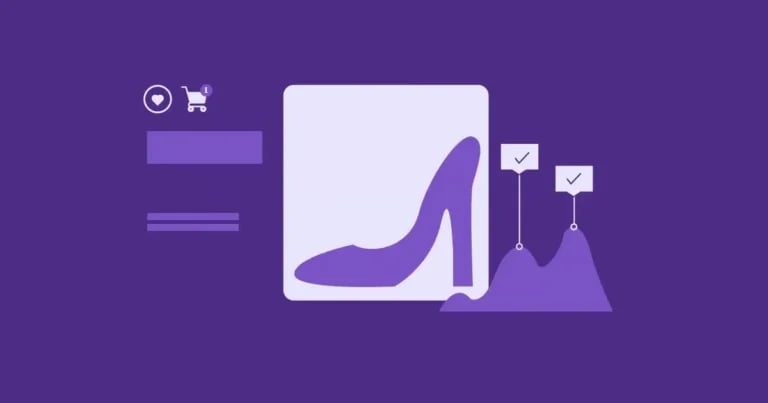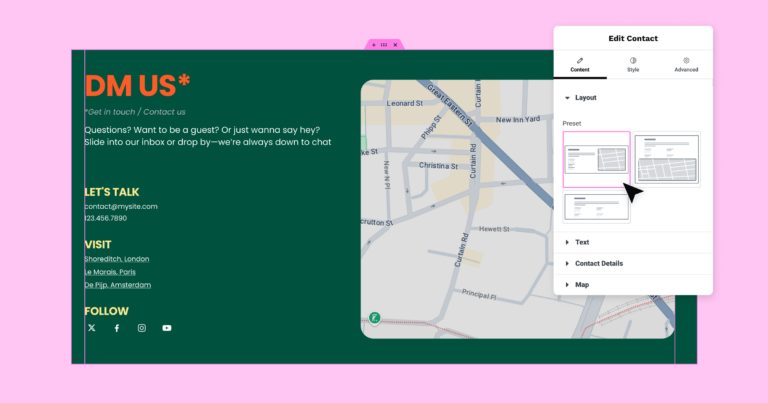
Ally versions 3.2.0 & 3.3.0: New Features That Put You in Control
Discover the latest features in Ally, Elementor’s new web accessibility plugin for WordPress. From customizable icons to dynamic triggers in Elementor and Gutenberg, Ally now gives you even more control over how accessibility fits your site and workflow.









